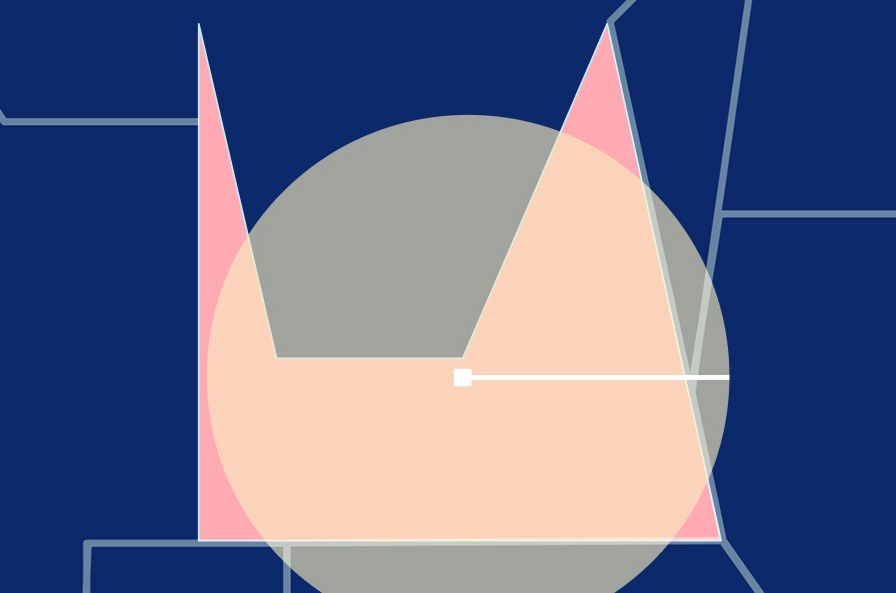Design Leadership for the Real World
Phil Bolles | Lead UX, Design Systems, Management, Multi-disciplinary Designer, Professor
How do we design in the real world? It's often not the platonic ideal of how design "should work," but rather it's about finding the best approach for the project at hand. I bring a real-world practicality and many years' experience, to inform the best process for the most usable interfaces.
Select Work
NONPROFIT
Helping parents and teens evaluate high school sportsHow do people know which sports may be most beneficial for their teenagers to play? And how might they customize rankings based on what is important to them or their family members?
INTERNAL TEAMS
Design Systems: Moving Tokens from XD to FigmaKeeping our DS assets up to date and our teams collaborating around a single source of truth.
REAL ESTATE
Increasing Conversions by 100% via Highly Usable InterfacesDesigning a modern web experience for buyers, sellers, agents, community members, and, of course, for the business.
THINK TANK
Leveraging User Research to Help Clients Make DecisionsWe employed tree testing to provide evidence of the most effective new I.A. for a client's site.
HEALTHCARE
Creating a better ZIP code search for patientsWhen patients search for a doctor, using their ZIP code, is a centerpoint based on a bounding box really the best approach?
Real-World Approaches
Projects don't always start with the idea; often, they begin with an existing product, on which to iterate. Some projects start in the middle, some start toward the end — and some require large teams, but often a small, cross-functional team is the right approach. Iteration isn’t always a forward-moving process — instead of constantly adding, sometimes we need to subtract.
Factors in Good Design
I’ve led design teams for years, in addition to being an IC/Lead, and I’ve noticed a few big factors in good design: first, prototyping early (with realistic content and data) helps us to test and determine the viability of a product, or of an iteration.
Next, shipping is often merely an early step toward good design. Ship when you have viability, and try to learn from how people actually use your product.
Beyond that, I've seen how design creates systems, and how we need to understand the variables and actors in those systems in order to create great products.
How I Can Help Your Organization
-
Design Management
-
Principal/Lead interaction design
-
Accessibility expertise
-
DesignOps
-
Systems thinking
-
Facilitation and collaboration between departments
-
Design systems creation, incl. design tokens
-
Heuristic expertise



